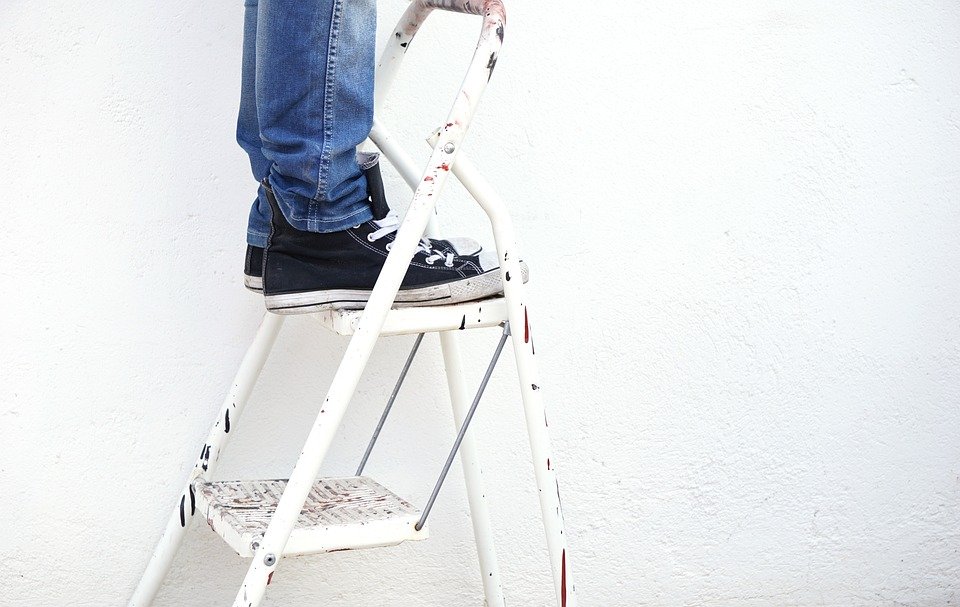Title: 10-Day Seoul Traditional Markets Itinerary
Direction: The purpose of this itinerary is to provide a comprehensive plan for experiencing the traditional markets of Seoul, including shopping, food, and cultural education. Each day includes a mix of markets, sightseeing, and local food choices, with estimated transportation and activity costs.
Day 1:
– Arrival at Incheon International Airport
– Take the AREX Express Train to Seoul Station (45 minutes, 8,000 KRW)
– Check-in at Hotel Skypark Myeongdong III (89,000 KRW per night)
– Visit Gwangjang Market for street food and traditional Korean silk and satin fabric shopping (10-minute walk)
– Dinner at Mapo Galmaegi (35,000 KRW for two)
Day 2:
– Breakfast at Isaac Toast in Myeongdong (5,000 KRW)
– Visit Noryangjin Fish Market for fresh seafood and fish (20-minute taxi ride, 8,000 KRW)
– Explore Yeouido Hangang Park for cycling and nature (30-minute subway ride, 1,250 KRW)
– Dinner at Hongik Sutbul Galbi for grilled beef and pork barbecue (50,000 KRW for two)
Day 3:
– Breakfast at Kwangjang Market for bindaetteok (5,000 KRW)
– Visit Bukchon Hanok Village for traditional Korean houses and hanbok rental (30-minute subway ride, 1,250 KRW)
– Explore Insadong for traditional crafts and teas (10-minute walk)
– Dinner at Gogung for Korean royal court cuisine (60,000 KRW for two)
Day 4:
– Breakfast at the hotel’s Skypark Cafe (free)
– Visit Gwangheungchang Market for traditional medicine and ginseng (20-minute subway ride, 1,250 KRW)
– Explore Jongmyo Shrine for ancient Korean architecture and culture (10-minute walk)
– Dinner at Palsaik Samgyeopsal for eight flavors of pork belly barbecue (50,000 KRW for two)
Day 5:
– Breakfast at the hotel’s Skypark Cafe (free)
– Visit Garak Market for fresh produce and local goods (30-minute subway ride, 1,250 KRW)
– Explore Banpo Hangang Park for the Rainbow Fountain Show and water activities (20-minute taxi ride, 10,000 KRW)
– Dinner at Tosokchon for ginseng chicken soup and Korean side dishes (40,000 KRW for two)
Day 6:
– Breakfast at the hotel’s Skypark Cafe (free)
– Visit Namdaemun Market for traditional Korean souvenirs and clothing (10-minute subway ride, 1,250 KRW)
– Explore Namsan Tower for panoramic view of Seoul (20-minute taxi ride, 10,000 KRW)
– Dinner at KyoChon for Korean fried chicken and beer (35,000 KRW for two)
Day 7:
– Breakfast at the hotel’s Skypark Cafe (free)
– Visit Tongin Market for traditional Korean snacks and street food (15-minute subway ride, 1,250 KRW)
– Explore Gyeongbokgung Palace for traditional Korean architecture and history (5-minute walk)
– Dinner at Seolnongtang for beef bone soup and rice (30,000 KRW for two)
Day 8:
– Breakfast at the hotel’s Skypark Cafe (free)
– Visit Dongdaemun for traditional Korean fashion and shopping mall (15-minute subway ride, 1,250 KRW)
– Explore Cheonggyecheon Stream for nature and urban architecture (10-minute walk)
– Dinner at Myeongdong Kyoja for Korean handmade noodles and dumplings (25,000 KRW for two)
Day 9:
– Breakfast at the hotel’s Skypark Cafe (free)
– Visit Seoul Folk Flea Market for antiques and rare items (10-minute subway ride, 1,250 KRW)
– Explore Deoksugung Palace for Korean royal court architecture and culture (10-minute walk)
– Dinner at Jinokhwa Halmae Wonjo Dakhanmari for traditional Korean chicken stew (35,000 KRW for two)
Day 10:
– Breakfast at the hotel’s Skypark Cafe (free)
– Take the AREX Express Train to Incheon International Airport (45 minutes, 8,000 KRW)
FAQs:
1. What is the best time to visit Seoul for traditional markets?
A: The best time to visit Seoul for traditional markets is in the cooler months from October to November and March to April.
2. What are some popular traditional foods to try in Seoul?
A: Some popular traditional foods to try in Seoul are bibimbap, kimchi, bulgogi, tteokbokki, and gimbap.
3. Can I use a credit card for purchases at the traditional markets?
A: Many vendors at the traditional markets only accept cash, so it’s best to bring enough cash for your shopping and dining needs.
4. Is it safe to walk around the traditional markets at night?
A: It’s generally safe to walk around the traditional markets at night, but it’s always best to be aware of your surroundings and keep your belongings close. It’s also a good idea to stay in well-lit areas and avoid empty streets.



